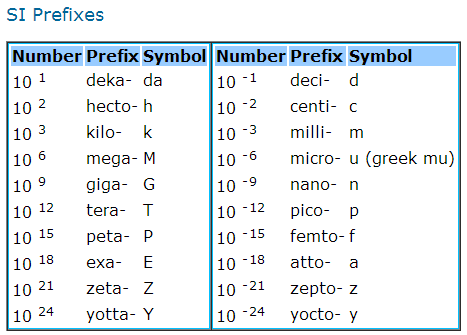



Examples of Scientific Notation, Metric Prefixes, and Symbols Word Using a pocket calculator with an exponent key, usually labeled EX or EE or EX, the number: 4.3 x 10 5 is entered as 4.3 EX 5. Here are some alternate forms of notation for the same numerical values: 3.2 x 10 8 Note that the negative sign in the exponent means the value is less than one. For example, the size of an atom is on the order (or about) a few Ångströms (Å) which is defined as: Not only can one use scientific notation to express large numbers but also very small numbers. Note that 2.0 is the coefficient and 30 is the exponent. For example, the distance from the Earth to the Sun is referred to as the Astronomical Unit (AU) and is: 1 AUĪnother dimension to illustrate this kind of notation is the mass of the Sun expressed in units of kilograms (kg): Mass of the Sun Consequently, scientific notation has been introduced to deal with such quantities. Microscopy is the subject of very small numbers. Scientific Notation:Īstronomy is the subject of very large numbers. For 10n having n a positive integer, just write 1 with n zeros after it. Thus we can now proudly state that 1 nm = 10 -3 m. The power of 10 is easy to remember since we use base 10 of a number system. For example, milli- always means one thousandth. They multiply the unit by some power of 10. There is a method to the prefixes centi-, milli-, etc. (This is a convenient unit for high-power microscopes, with which one can look at objects as small as a few micrometers. (This unit is often used because a typical atom is a few Ångströms in size.) The wavelength of yellow light in a vacuum may be called 5750 Å or 575 mµ or 575 nm or 0.575 µm. Unfortunately, many different names are used. This much is fine for everyday lengths, but for light we have to use even smaller units of length because its wavelength is so small. It is easier to use the metric system where everything goes by powers of 10: 1 meterġ0 -3 m ~ 1/25 inch (width of lead in pencil) That gets messy if we want to convert from miles to inches. But there are 12 inches in a foot, 5280 feet in a mile and so on. For people's heights we use feet and inches. No one gives the distance between cities in inches we use miles. People find it cumbersome to speak of units of measurement like "one ten thousandth of a billionth" of an inch, or even "ten to the minus thirteenth" (10-13) inches so they devise different names. Basic Math, Scientific Notation and Astronomical Dimensions Dealing with Numbers Great and Small


 0 kommentar(er)
0 kommentar(er)
